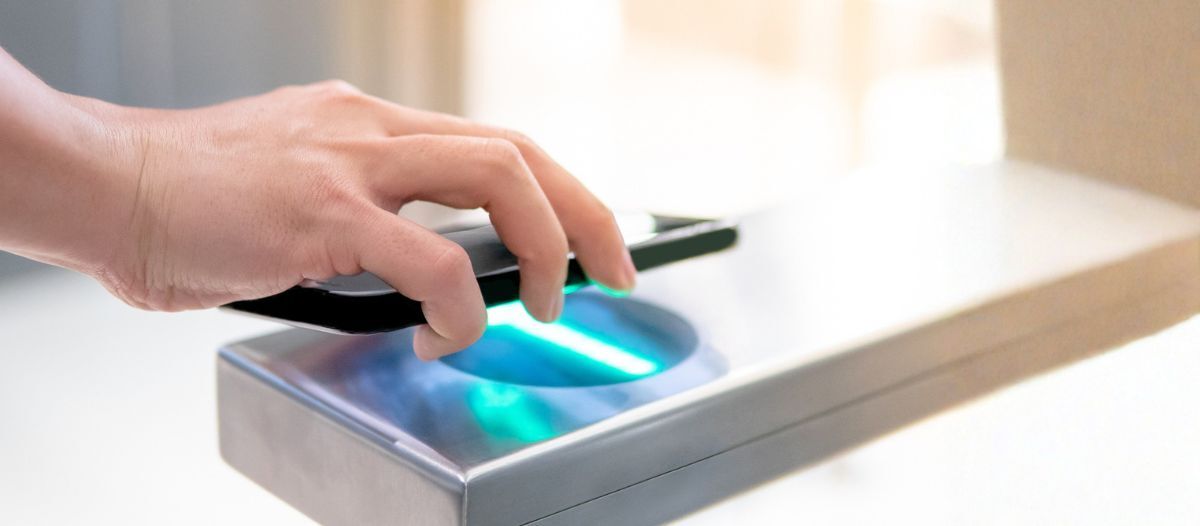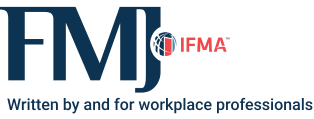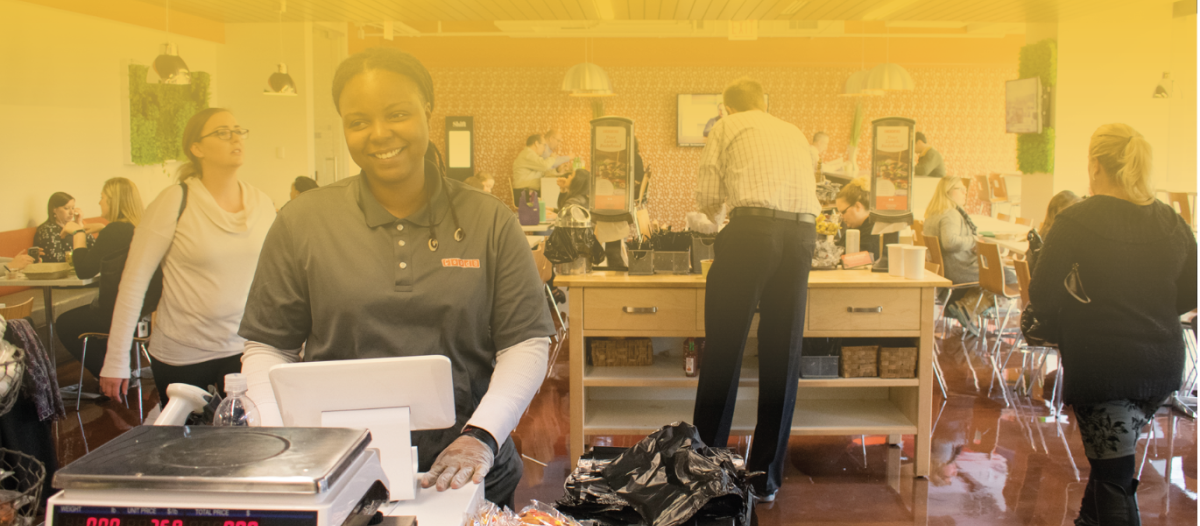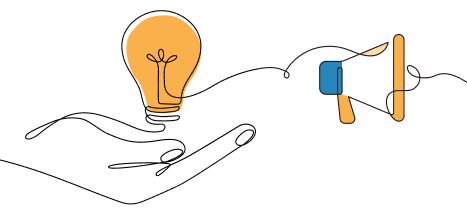Mobile Access Control
Building a better facility experience platform

Facility managers share a common set of objectives across their building and campus footprint, from the parking garage to the office suite:
-
Make these spaces safe and secure for both people and assets;
-
Minimize friction at each access control touchpoints; and
-
Give people valuable services, amenities and experiences.
This is especially true as employees ex-press their strong desire for flexible, hybrid work styles across multiple locations including work-from-home and hot-desking at the office. Employees also want touchless access to doors and elevators, and a variety of intuitive capabilities as they make their way to and from the office. They have already made the ubiquitous mobile phone a daily command center and would like to extend this model across both work and life. FMs can accommodate them through a modern physical access control system (PACS) that enables these experiences, supports mobile adoption across their systems and delivers touchless access control that can be adapted to future needs.
Upgrading today’s building experience
From their home to the office suite, people have faced different and disparate systems when accessing services, requiring them to manage multiple keys, cards, fobs, passwords and other credentials. This has been an often- frustrating experience.
People would prefer a seamless process of coming into a turnstile or other perimeter, interacting with a destination elevator system and then entering their office space, all with a single credential. This is especially true in large buildings that might have thousands of employees and thousands of visitors each month.
The pandemic brought forth additional requirements through a new awareness of collective health and safety. This drove organizations to pursue solutions to new challenges, from reducing surface touch-points to understanding who is accessing their facilities. They also needed to ways to keep common areas congestion-free and automate compliance with social distancing policies. In this new environment, they also needed to capturing data for more efficient systems management and to make better facility decisions.
These capabilities can be achieved with a cloud-based PACS deployment that is hosted in the cloud (off-site data center) and often procured on a subscription model. It enables centralized management of the cloud-connected access control devices and all associated applications and trusted mobile identities. This approach enables remote management of PACS systems in multi-location environments and delivers a seamless experience through a high level of integration across systems and access points, from the turnstile to the elevator to the basement data center. All these entitlements become part of a single digital identity.
The underlying mobile access technology
creates a daily engagement model at home or in the office that leverages the ubiquity and inherent security of today’s mobile devices. From the administrator’s standpoint, the mobile access model enables over-the-air credential provisioning and remote administration across one or many facility locations. It eliminates the archaic workflows and face-to-face time involved with managing physical credentials for what might be thousands of people and is much better aligned with the short-term credentialing requirements of a hybrid workforce model. People no longer wait for cards to be shipped to them or go pick them up – instead, thousands of mobile credentials can be issued remotely to the users’ phones, allowing them to proceed straight to and through building entry points.
Mobile devices also integrate easily with a visitor management solution to simplify credentialing for building guests as well. Another benefit is the eco-friendliness of mobile access solutions, which is important to both FMs and users.
Supporting facility tenants
Many FMs are tasked with supporting tenants whose lease extensions depend on how satisfied they are with their building experience. Ensuring a positive tenant experience is complicated. It spans many different property uses, on the part of many distinct tenant organizations, visitors and contractors. Each user requires access to his or her unique set of services. Each access point has its own particularly functionality. Tenants want the experience at each access point, for each service, to be seamless, using a single device to access any touchpoints across any system.
One way to accomplish this is with a desktop or mobile application that serves as a tenant experience platform. This platform brings together in one solution every-thing prospective tenants should evaluate when exploring properties. The application is the mobile access solution as well as a remote control for how a tenant interfaces with their physical space, from wayfinding to information on local restaurants and gym classes to weather and traffic updates.
A peek into the future
In February 2022, Silverstein Properties announced that it had added contactless access to its 7 World Trade Center office building through an employee badge in Apple Wallet. It provides an example of the kinds of facility experiences that are on the horizon.
To help create this experience, a partner organization’s access cloud manages and connects disparate access control systems across owner and enterprise portfolios with mobile credential platforms, user directories, and other systems that influence physical access requirements. This allowed their proprietary apps to integrate with a cloud platform for the lifecycle management of mobile credentials. Tenants at 7 World Trade Center use their iPhone or Apple Watch to easily access office buildings and their tenant floors, fitness centers and amenity spaces. The first step is adding their employee badge to Apple Wallet after an initial set-up through the property app. This enables them to hold their device near a door’s NFC-enabled lock to access secured areas. Employee badges stored in Apple Wallet also work in power reserve mode when the iPhone needs a charge.
With solutions like these, employees who worked from home for an extended period can now have the same digital conveniences of that environment at the office. Other employees who need the assurances of touchless access, social distancing, and hygiene management will know that these measures are being efficiently managed because the tenant experience platform’s beacon-based location services technologies have been integrated with other automated solutions to deliver these capabilities.
Still others are operating in both environments, and these solutions enable them to seamlessly move back and forth with the same experience in each. Their identities become the new, and often only, perimeter. In these hybrid workplaces, FMs are implementing multi-factor authentication and other measures associated with a Zero Trust security model. These measures also rely on the foundation of today’s cloud-based, mobile-first tenant experience platform. Mobile access based on a cloud-based approach to PACS enables companies to modernize buildings and add innovations as needs evolve. It also enables the deployment of tenant experience platforms designed to support the more adaptable multi-location and hybrid work styles that emerged during the pandemic, including touchless access and more intuitive and high-value interactions with building features and amenities.

helping customers deploy mobile access control solutions. He joined HID Global in October 2018. Prior to this, Johnston served in management roles at Woodpend Hardware, International Security Solutions and Security Merchants.
Read more on Real Estate and Risk Management or related topics Accessibility and Occupant Security
Explore All FMJ Topics









